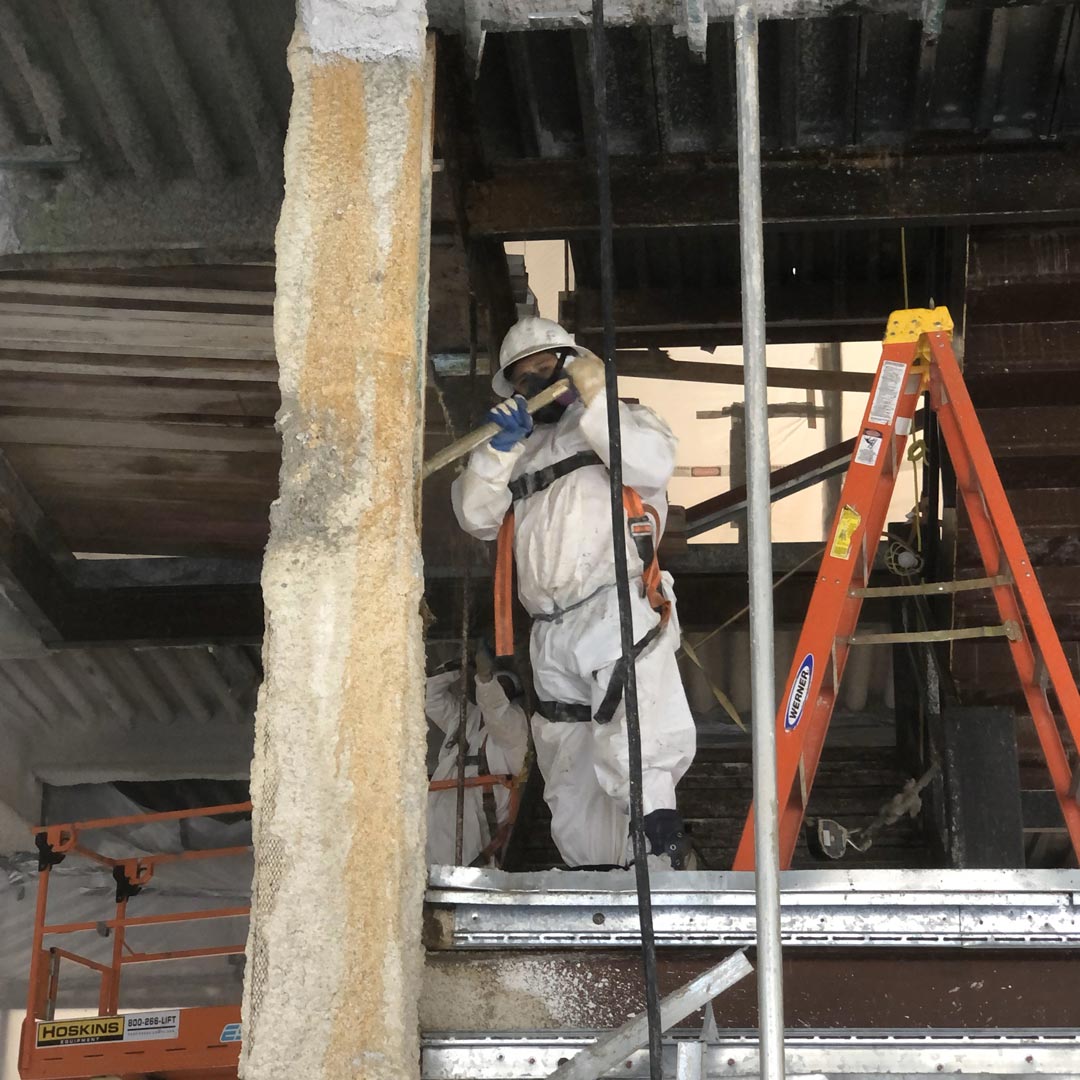
What Is Asbestos?
“Asbestos” is a commonly used word that describes groups of naturally occurring fibrous minerals known to cause cancer. Individual fibers are invisible to the naked eye, and positive identification is required through laboratory analysis. Asbestos has been mined for use in over 3,000 products, due to its versatility and wide ranging properties such as resistance to fire and heat, chemical corrosion, flexibility and high tensile strength. Asbestos is regulated by federal, state and at times local agencies. The regulated fibrous asbestos minerals fall into one of six mineral fiber types: chrysotile (serpentine), crocidolite (riebeckite), amosite (cummingtonite-grunerite), anthophyllite, tremolite, and actinolite. Each of these fiber types has a distinctive fiber shape (morphology) and crystal habit, or manner in which it forms.
Asbestos is naturally occurring and mined specifically for use in products. Information obtained from a document posted on the U.S.G.S. website for the eastern United States details a total of three hundred thirty-one (331) sites where naturally occurring asbestos of various amounts and types have been documented.
Is Asbestos Still Mined Today?
Yes. According to the United States Geological Services website, asbestos use has been declining over the last ten years, but is still an active commodity. The U.S.G.S. tracks all minerals and has industry trends and statistics since 1994 on its website.
Many homes, particularly those built before 1990, contain some type of asbestos-containing material (ACM). Some of the products where asbestos was commonly used in the manufacturing process, or may still be manufactured with asbestos, can be found on a list at the EPA region 6 asbestos website.
Some examples of these products include the following:
- Floor Covering and Adhesives
- Boilers
- Pipe Insulation
- Roof Flashing
- Roof Shingles
- Exterior Siding
- Ceiling Tiles
- Floor Tiles
- Plaster Walls
- Wallboard joint compound
A “friable” asbestos containing material (ACM) can be easily crushed, pulverized or reduced to powder by hand pressure (materials such as insulation, ceiling tiles, dried out caulking.) A “non-friable” ACM can not be crushed, pulverized, or reduced to powder by hand pressure (materials such as table tops, roofing and flexible flooring.) In general, the more friable the material is, the greater the potential for asbestos exposure. Just because there is ACM present does not necessarily mean that it is a health risk, but you must be careful so the materials are not accidentally disturbed.
What Does It Look Like? How Do I Know if Its Asbestos?
You can’t tell if a product has asbestos by looking at it. Asbestos can only be verified by laboratory analysis. If you think that a product may contain asbestos and preparations are underway for remodeling or demolition, it is recommended to have your home or office inspected by an Asbestos specialist such as Abaolute Abatement to identify suspect ACM. If no activity is taking place in an area where ACM is identified, it is best to leave the material in place and avoid disturbing it.
Health risks commonly associated with exposure to asbestos include:
- Asbestosis – a condition in which the lungs become scarred with fibrous tissue making breathing more and more difficult, often requiring the victim to use oxygen.
- Cancer – cancer of the lungs is the most common cancer associated with exposure. Other areas may become cancerous including the throat, gastrointestinal tract, and kidneys.
- Mesothelioma – a rare, often fatal cancer, usually occurring in the chest cavity.
Exposure to asbestos alone is not the single determining factor as to whether or not an individual will contract an asbestos-related illness or disease. The levels of asbestos in air that may result in lung disease depend on several factors. According to the Agency for Toxic Substances Disease Registry (ATSDR,) other factors which must be considered include: the dose (how much,) the duration (how long,) the fiber type (mineral form and size distribution,) and how you come in contact with it. You must also consider the other chemicals you’re exposed to and your age, sex, diet, family traits, lifestyle (including whether you smoke tobacco,) and state of health
If you feel like your home is affected by Asbestos, Absolute Abatement can help you. Please call us at 562-945-4700 or fill out our Contact Form and we will arrange to asses your removal needs.